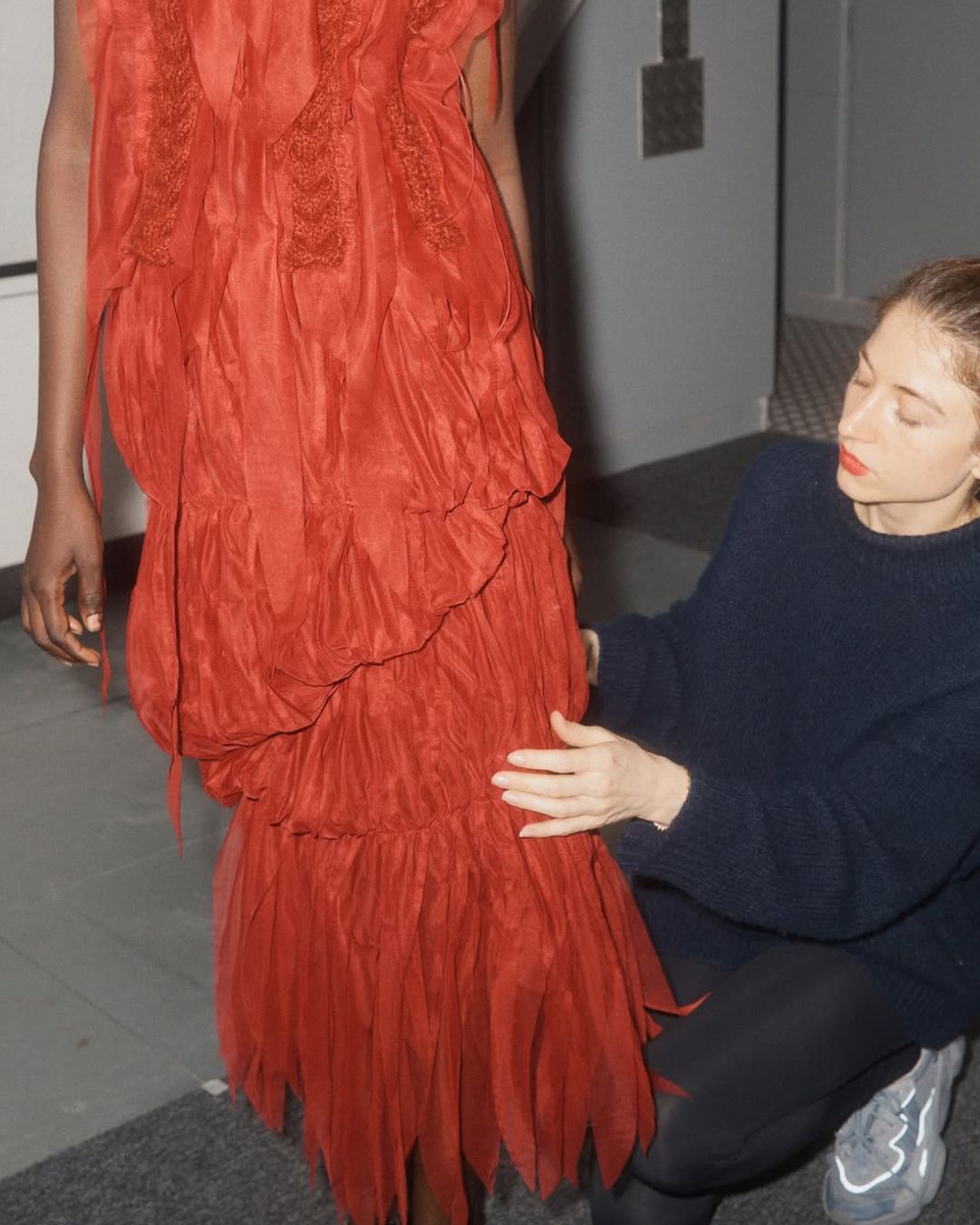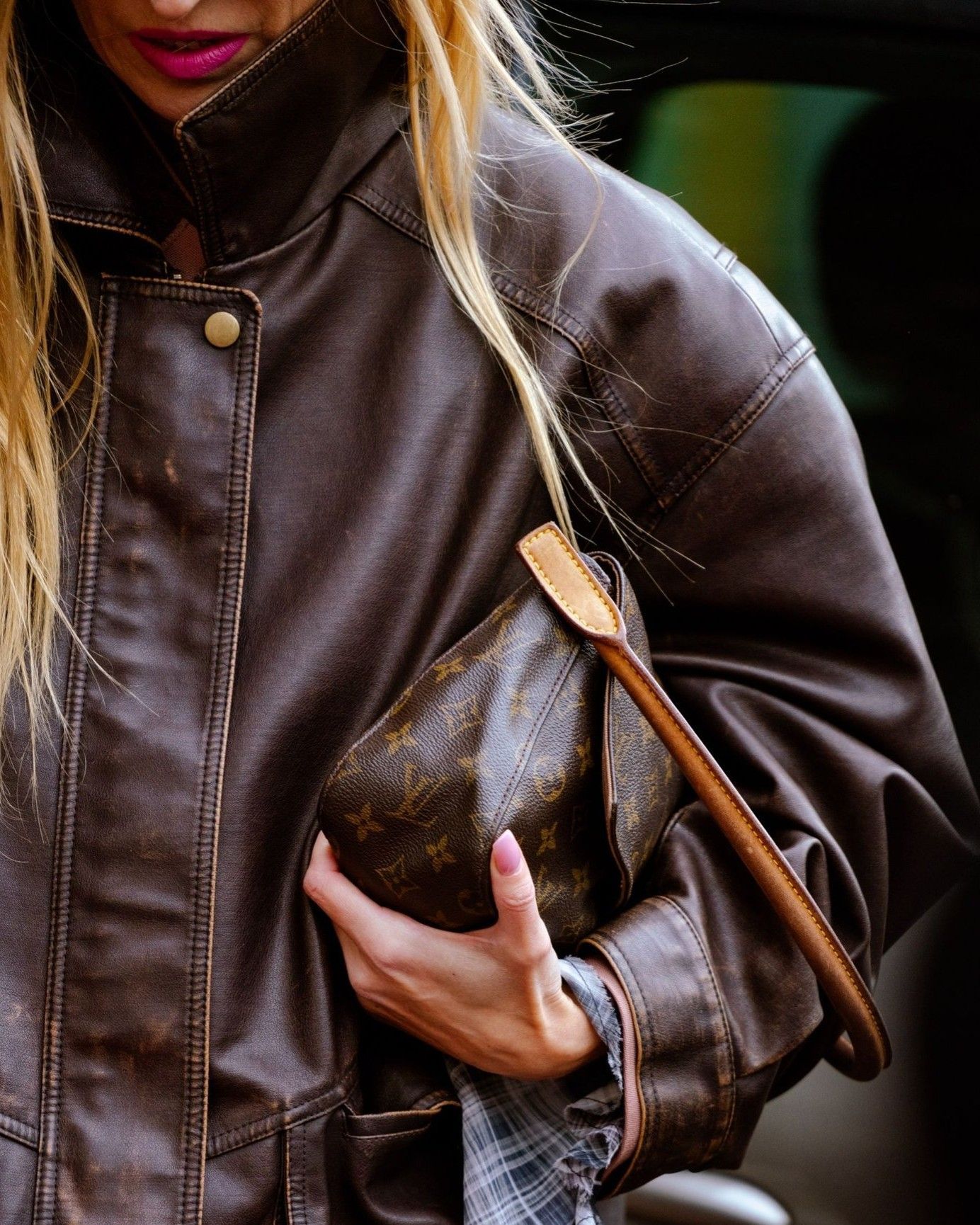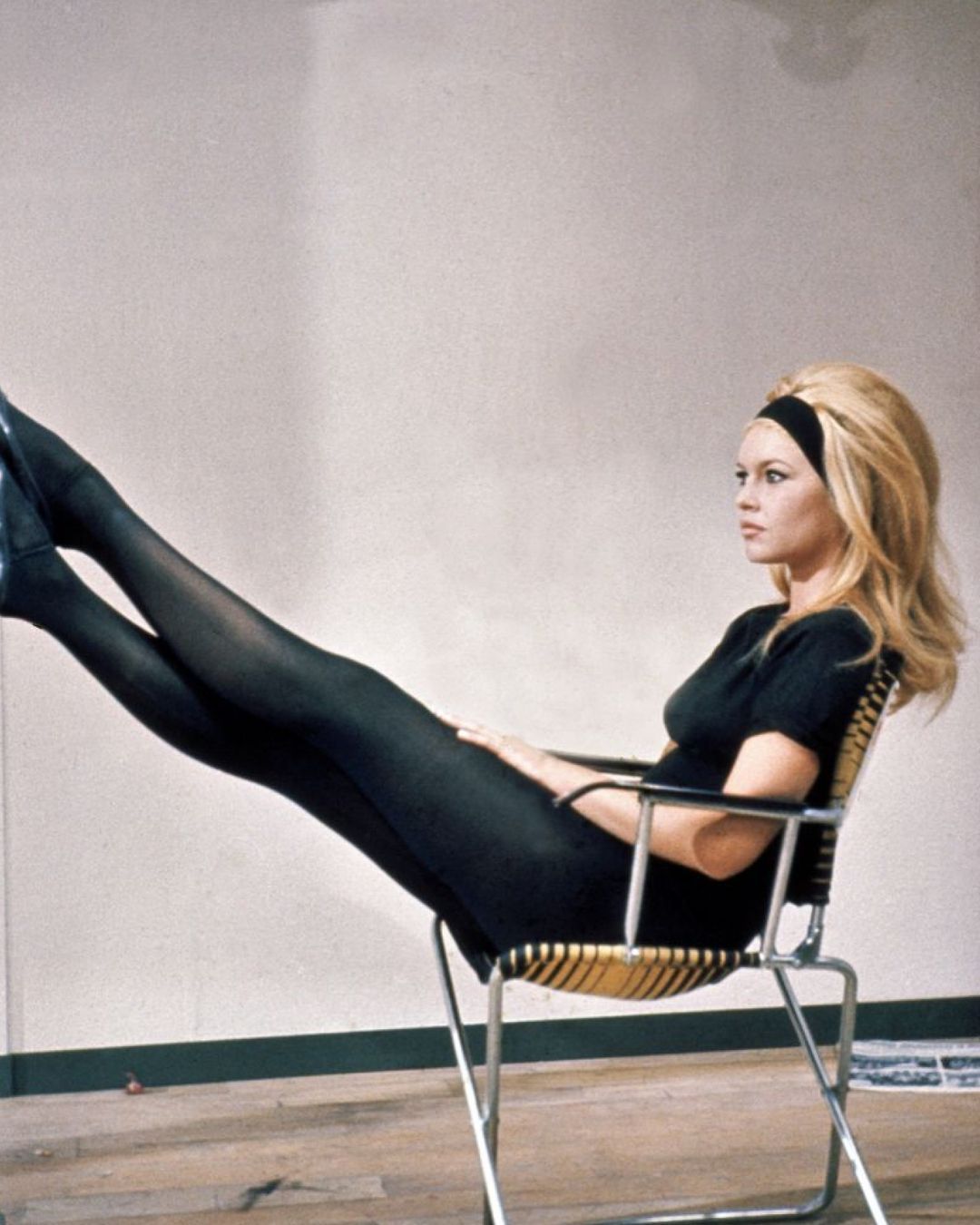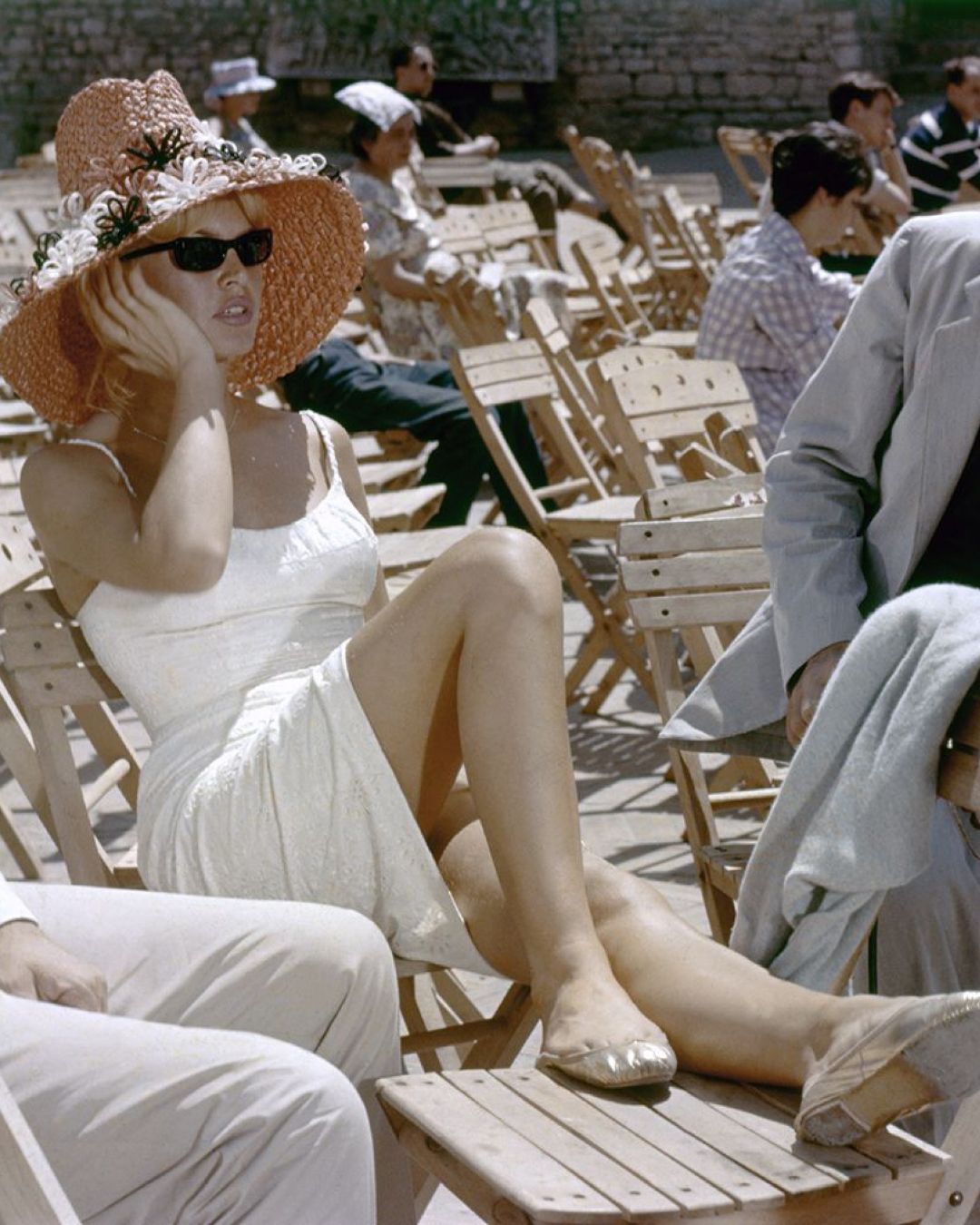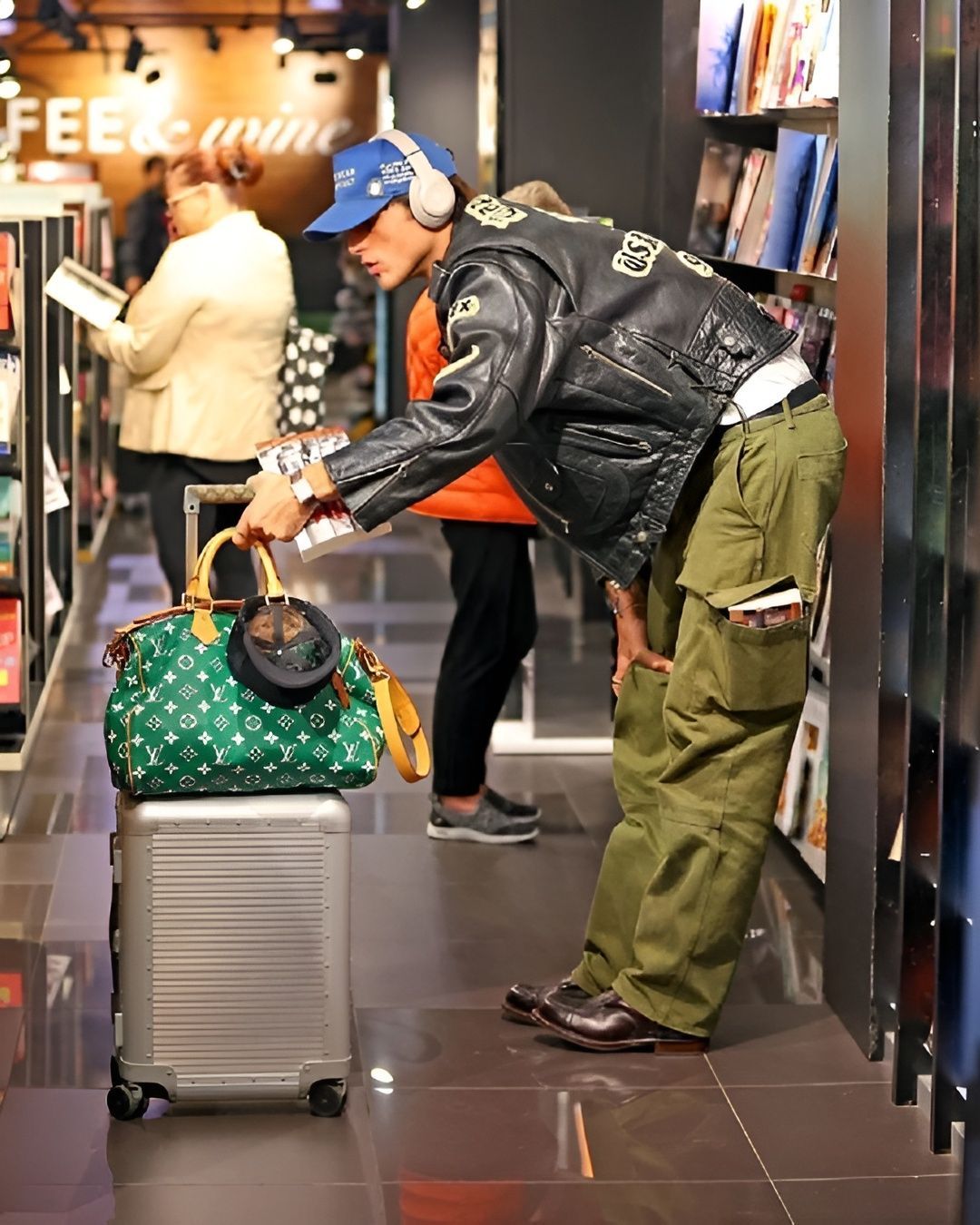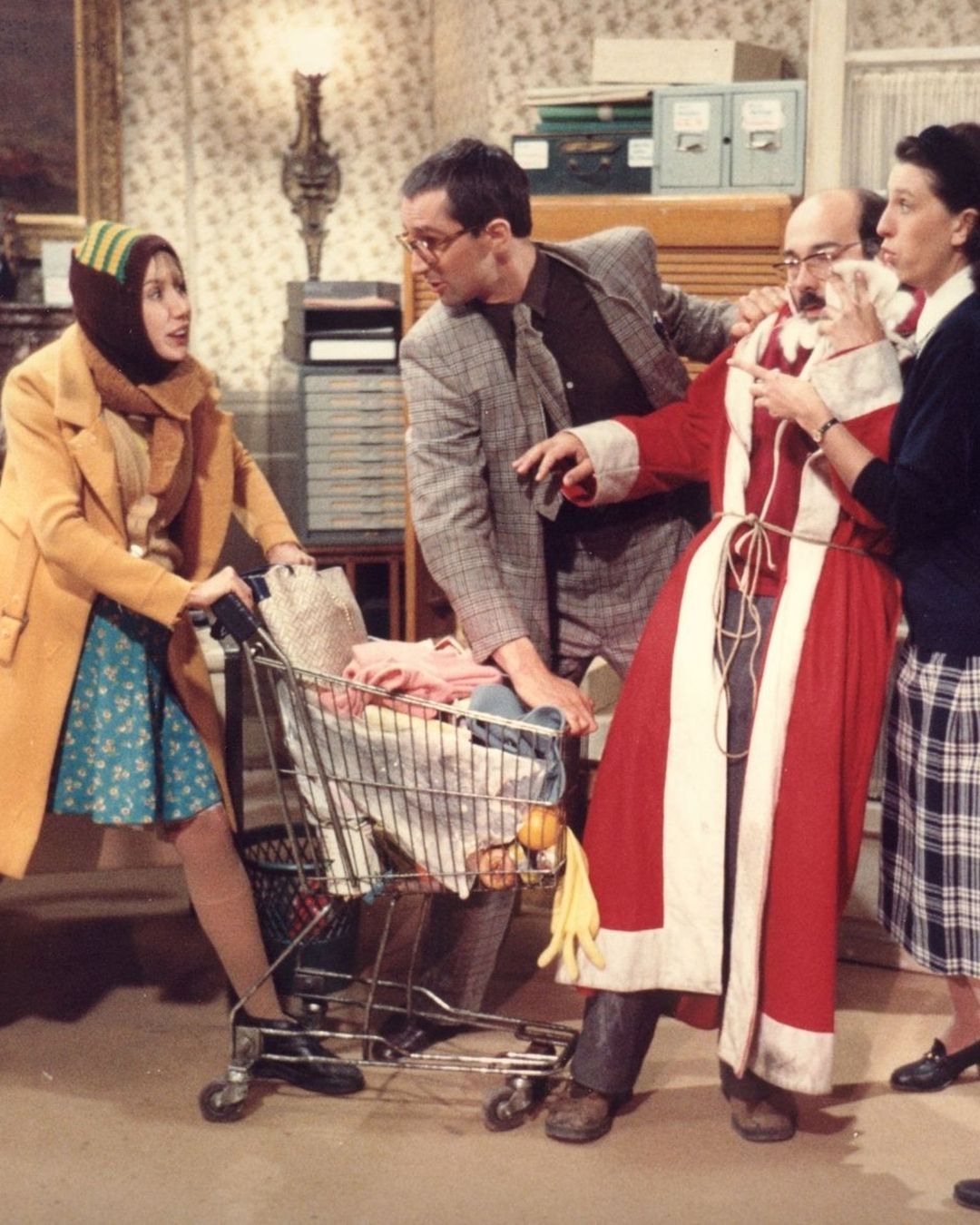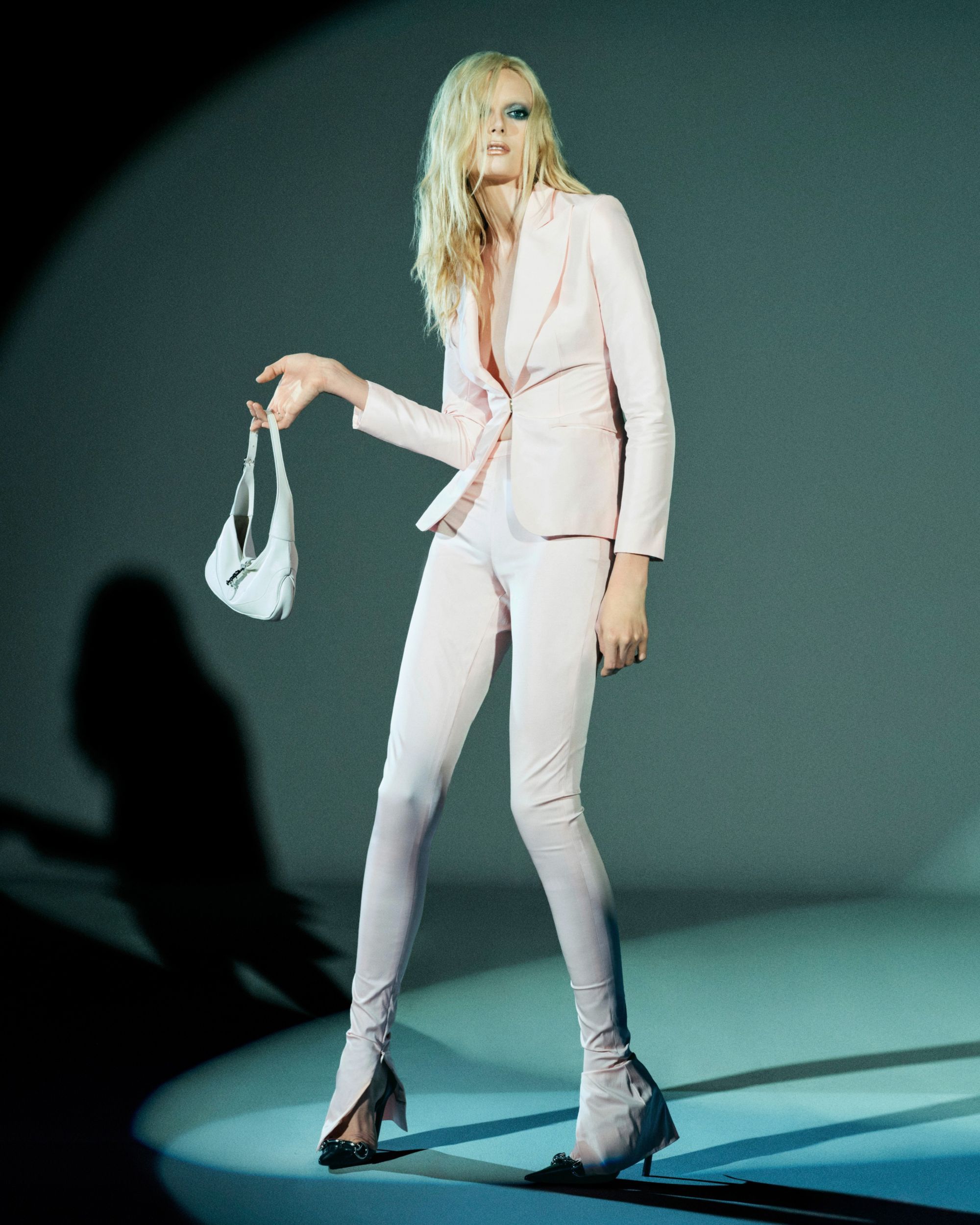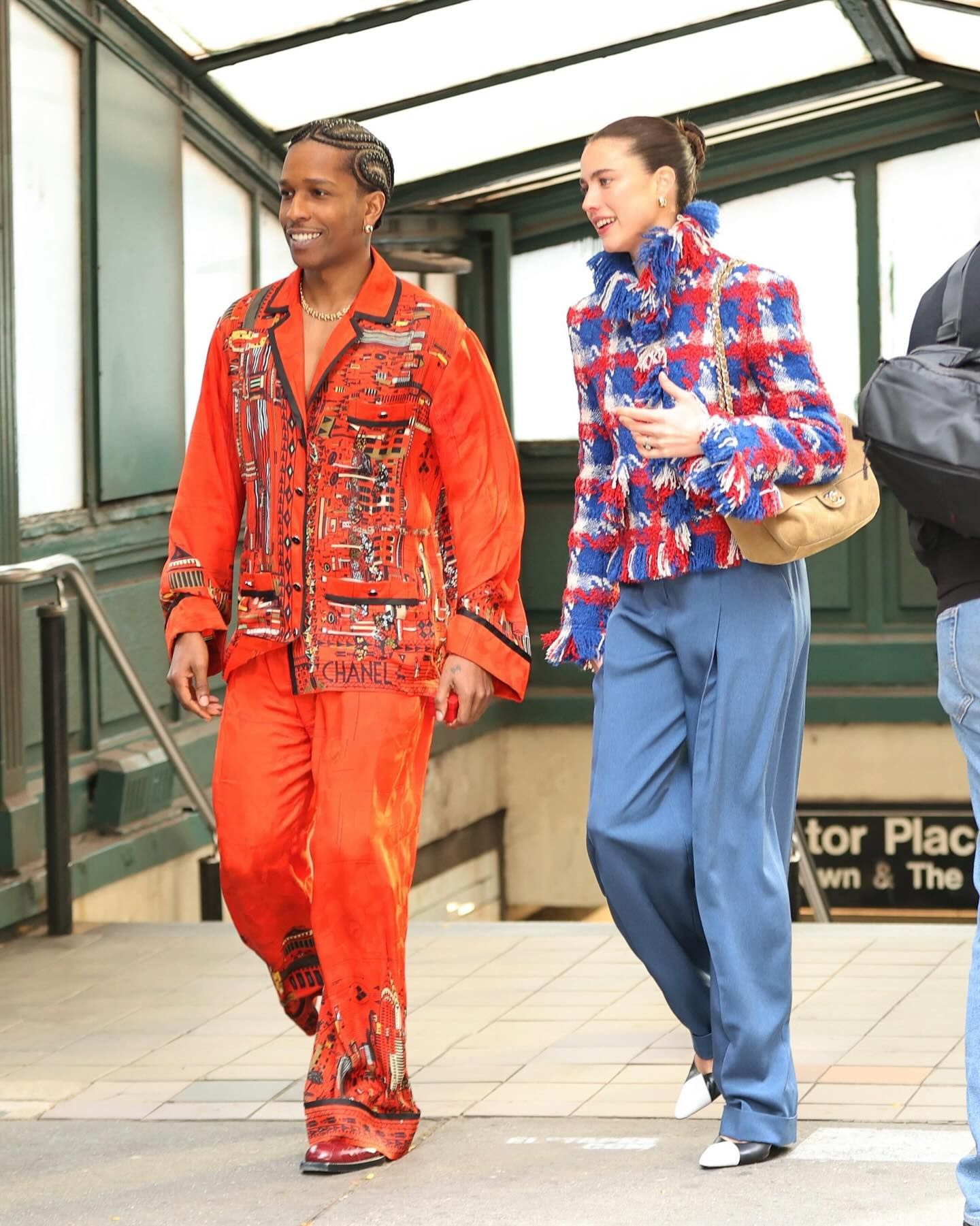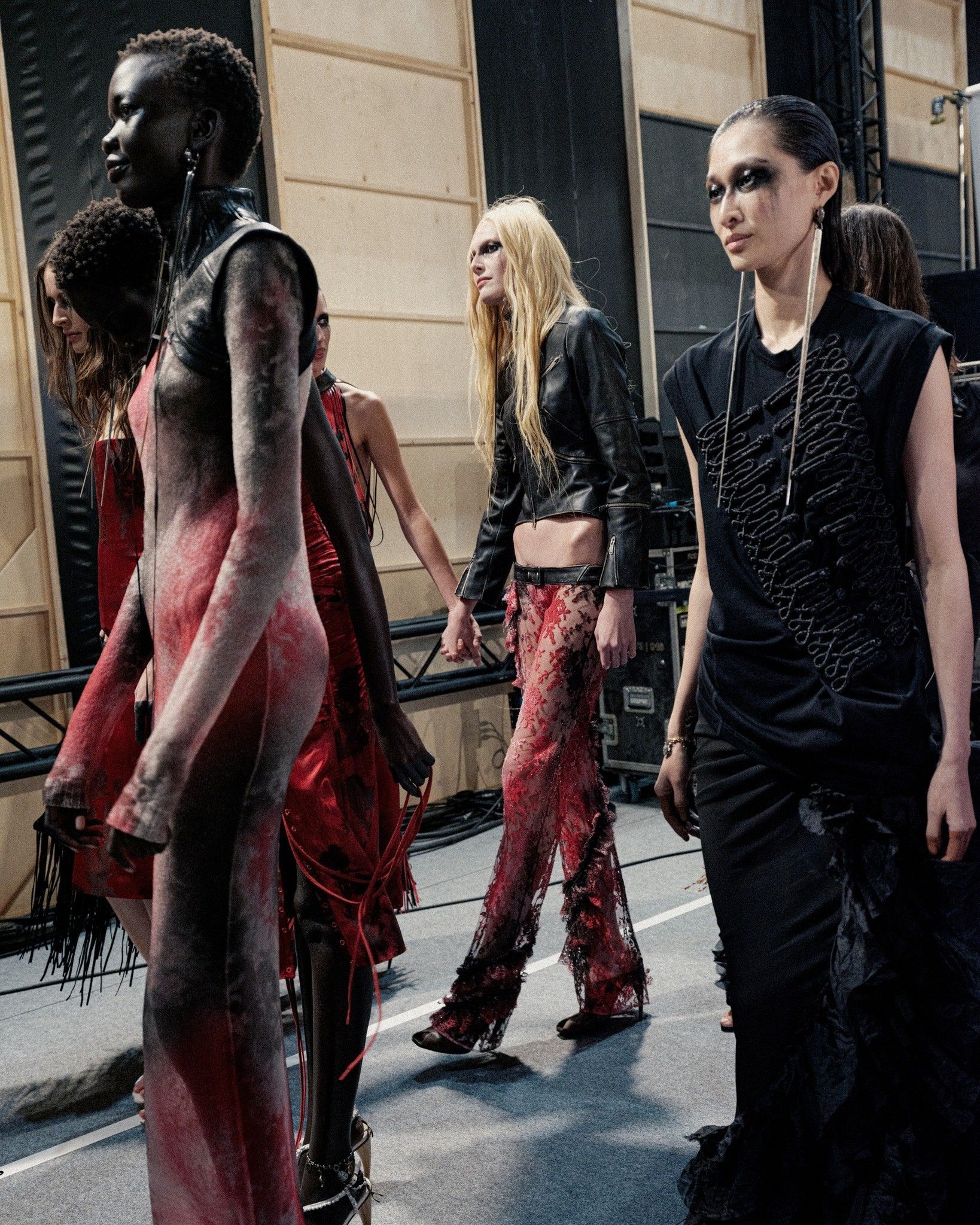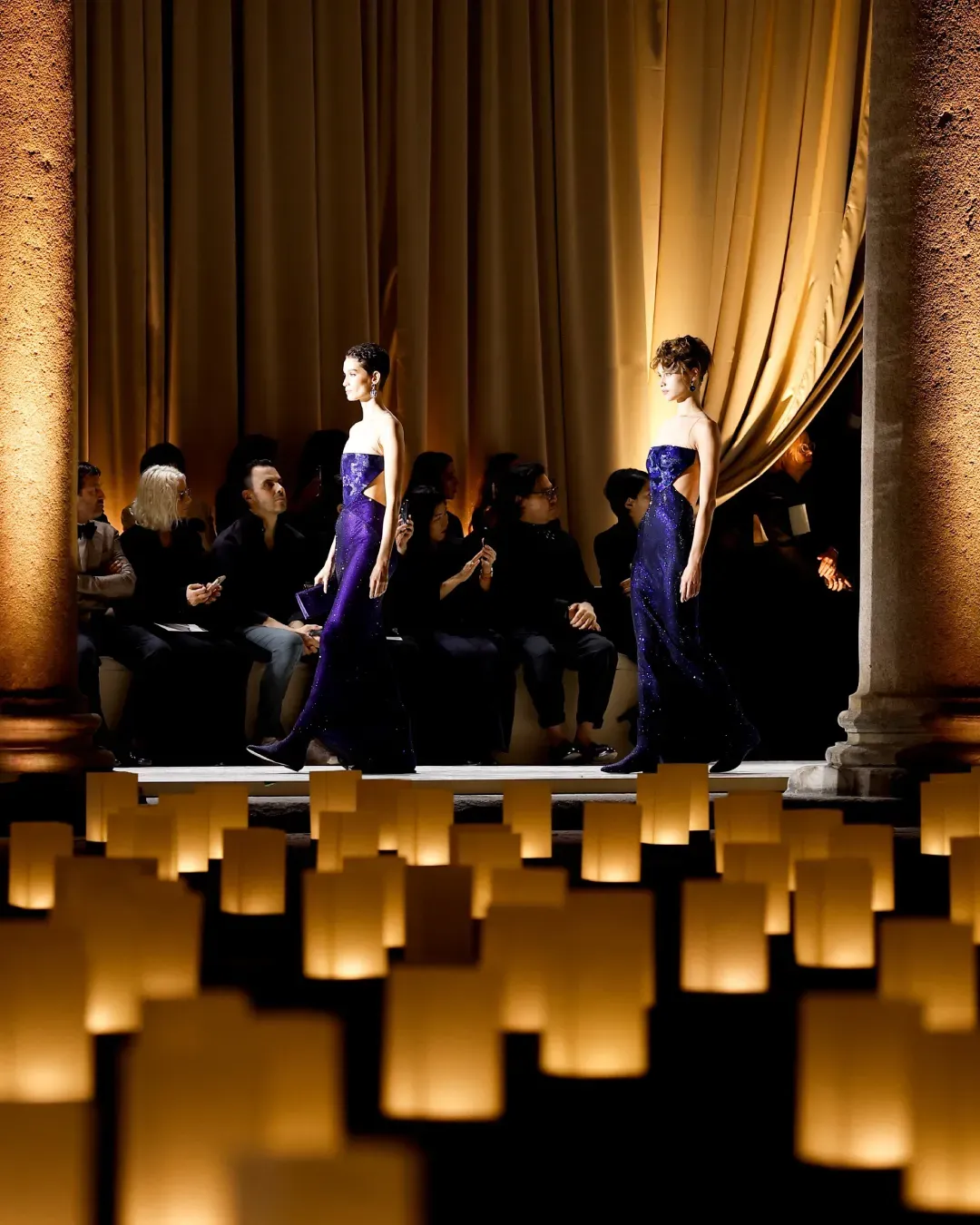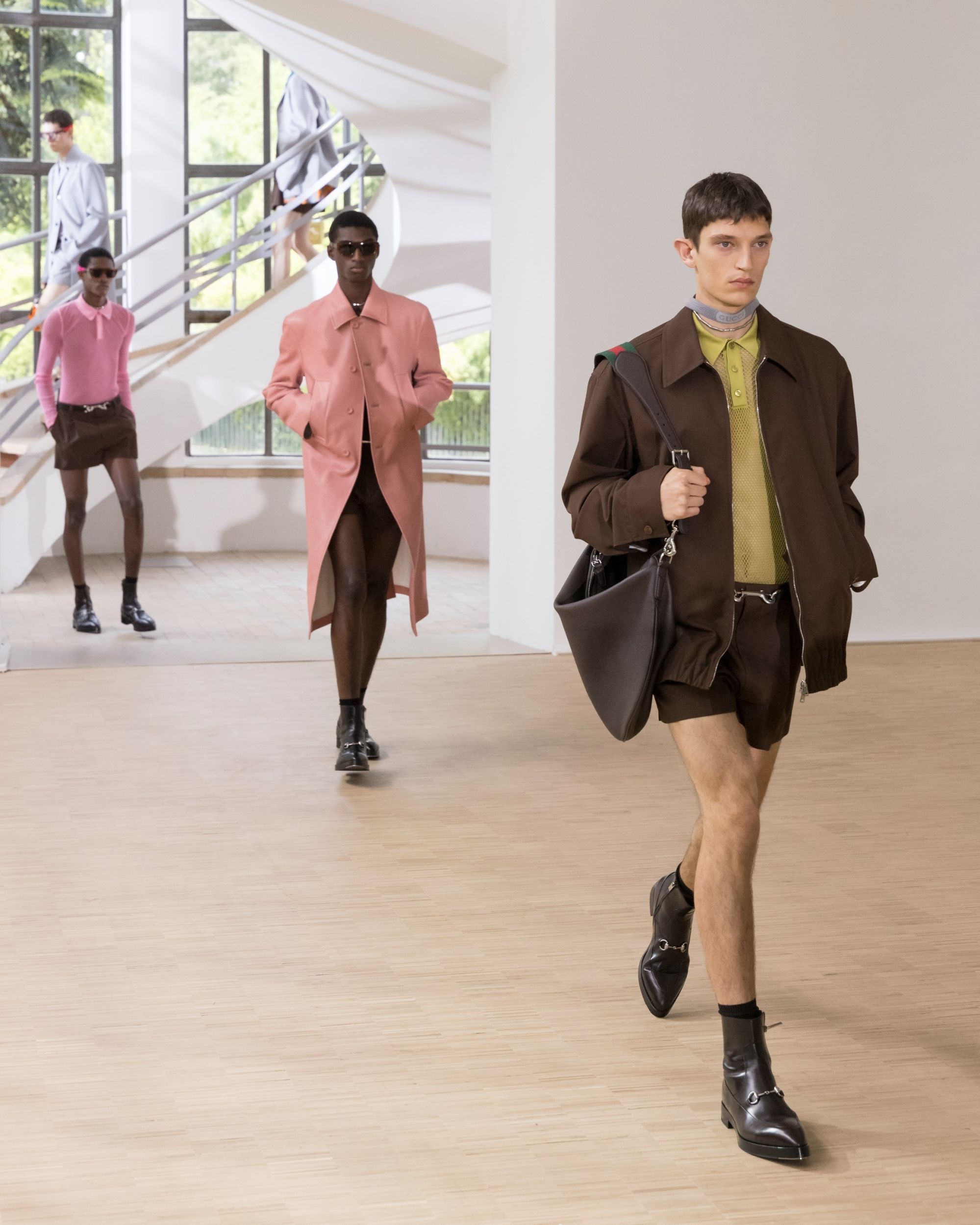
Will Gucci really experiment with the see-now-buy-now fashion show? We are still in the realm of rumor, but the hypothesis seems very plausible
A few years ago, during the idealistic moments of the pandemic when many designers dreamed of a different and more manageable fashion system, the see-now-buy-now format was mentioned for the first time. In reality, the format was older than that: it first appeared in the luxury bubble in 2016, the year when Giorgio Armani called it «premature» and when several brand owners like Dolce&Gabbana, Diego Della Valle, and the CEOs of Thom Browne and Diane von Furstenberg rejected it, while other brands, with Burberry leading the way, began experimenting with it. Over time, attitudes softened: Jacquemus successfully experimented with the see-now-buy-now format starting in 2021, Zegna tested a “light” version by offering some pieces from its latest show to VICs, and most notably Balenciaga under Demna experimented with it during the same period, ending around 2022. Yet Demna himself might revive it: according to MF Fashion, Gucci is considering reintroducing the format for Demna’s debut, immediately bringing the collection to fifty boutiques worldwide and, presumably, also online. The move is unconventional but very plausible: delays in production and the six-month delivery cycle during Sabato De Sarno’s time hindered the rollout of new products in stores, dealing a severe blow to sales. Now, the duo of Stefano Cantino, new CEO, and Kering’s fashion mega-manager Francesca Bellettini wants to avoid pointless waiting, likely riding the first wave of post-show enthusiasm. But will it work?
It’s well known that problems tend to come in groups. To the already undesirable situation of Gucci’s sales after Alessandro Michele (to be fair, they had already begun to slow during the final stretch of the Roman creative director’s reign), which saw a year-long vacancy followed by a relaunch plagued by countless delays, were added the global luxury crisis, geopolitical tensions, aggressive investments in Valentino and then in real estate and Hollywood agencies, plus creative director changes in other brands, putting Kering in serious trouble. Last year ended with Kering holding €10.5 billion in debt – to grasp the scale, that’s similar to the public debt of countries like Malta or Albania. It’s also important to note that before 2021, the group’s debt was nearly zero, so the problem stemmed from costly acquisitions like CAA, Creed, buildings around the world, and so on. Solutions included a real estate partnership to try to split off the debt and inject liquidity, and the sale of other prestigious properties – but they were like band-aids on a hemorrhage. These and other investments were made, as Reuters explained in May, in an attempt to reduce the group’s dependency on Gucci, which at one point accounted for almost half of total sales, making Kering’s vast structure rely almost entirely on one leg. Yet now, a Gucci rebound seems the only viable path to avoid a further drop in stock value. It remains to be seen whether the see-now-buy-now format will work.
@nssmagazine With Demna in charge, Gucci is set for a bold change. It's a big risk, and the brand's future depends on one thing: real brand authority. This next chapter has to be a masterpiece, no compromises. Let's take a look back at when Gucci presented its collaboration with Balenciaga. #gucci #balenciaga #hacker #hacking #guccixbalenciaga #balenciagaxgucci #fashiontiktok #TikTokFashion #demna #demnagvasalia #alessandromichele cigarette burns - slowed reverb - moonvampire
As early as 2023, the format was already beginning to draw some doubt. As noted in a WWD article at the time, the model had lost momentum and was being used increasingly strategically and selectively. The main issue was the logistical difficulties in production timelines, marketing planning, and inventory management: a far from simple task that led almost everyone to abandon the format after just a few seasons. According to Launchmetrics, showing during major fashion weeks still remains extremely advantageous for brands. During these events, brands register up to four times more media coverage compared to off-calendar months, with EMV rising by up to 180% during fashion week months. In contrast, content tied to see-now-buy-now was less exciting: only 1% of the media value from Mugler’s show and 0.2% of Jacquemus’ came from keywords linked to the format. The public, in short, is still drawn to the spectacle of the runway, but less interested in the option of buying right away. Speaking to WWD, representatives from department stores like Rinascente and Macy’s considered the model valid, but only when backed by solid marketing campaigns and ties to major cultural events, and when press presentations and public availability are tightly synchronized. More successful has been Tommy Hilfiger’s strategy, who turned the format into a continuous global approach. Instead of relying solely on runway shows, the brand integrates see-now-buy-now at every touchpoint: from Formula 1 collaborations to capsule collections launched during international events. In short, the trick might indeed work if executed in moderation and, above all, with flawless planning – and let’s hope it does, because what’s at stake is much more than the success of a single season, but the survival of an entire luxury industrial group.


